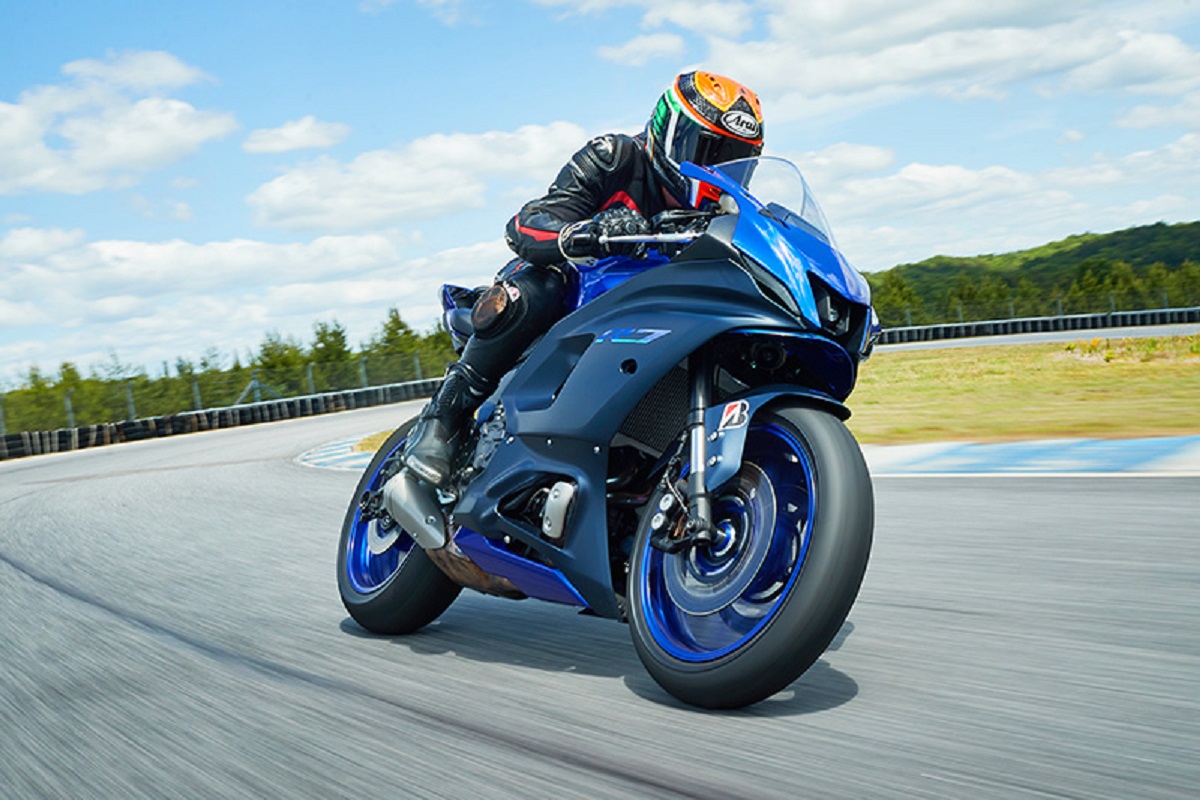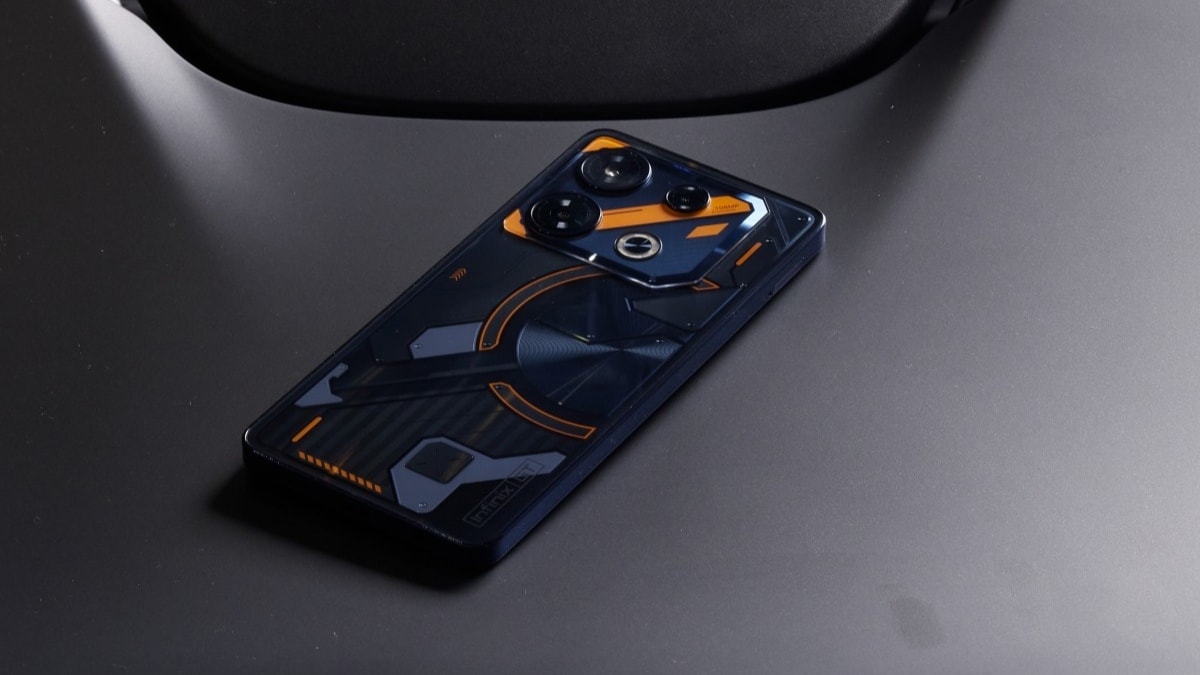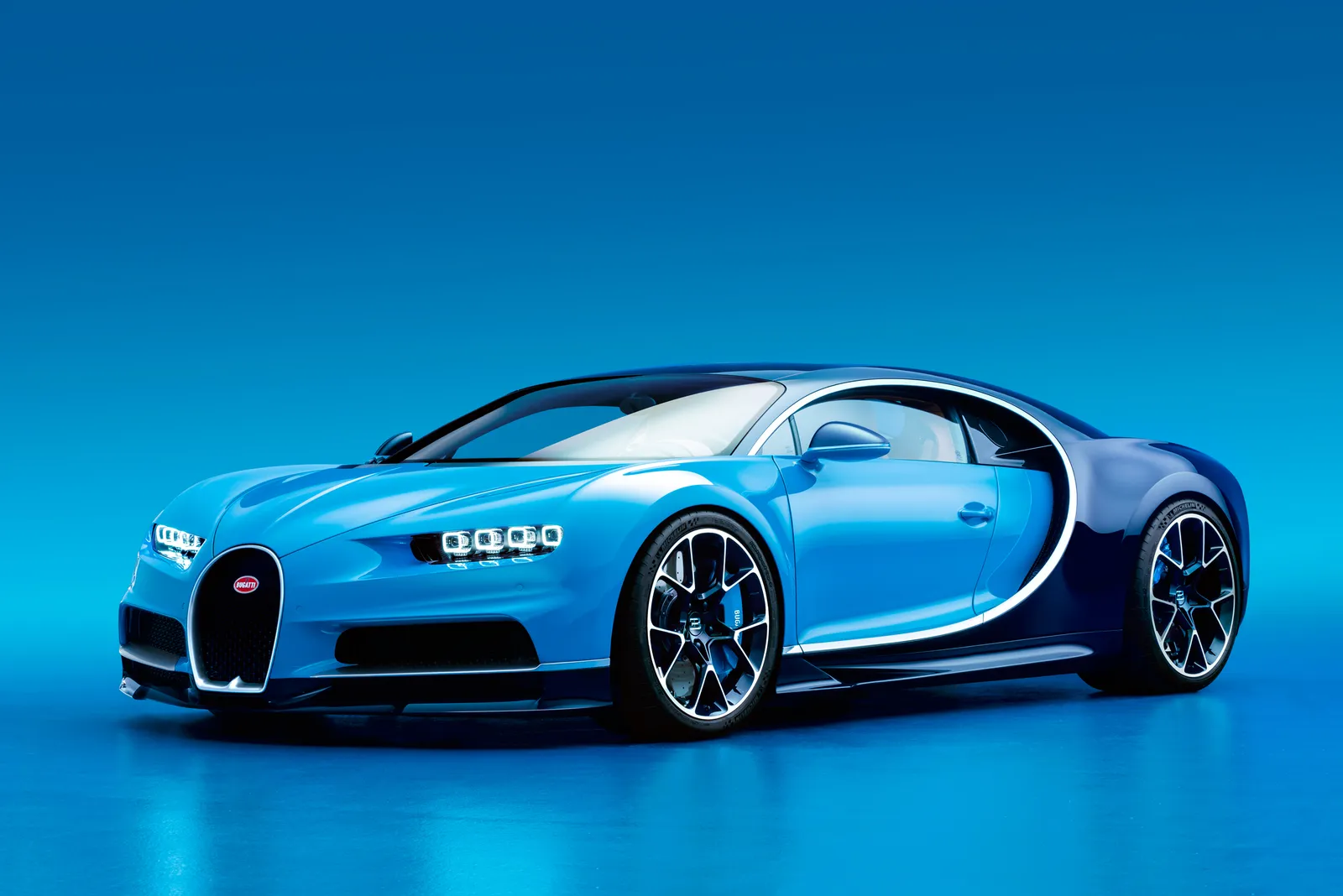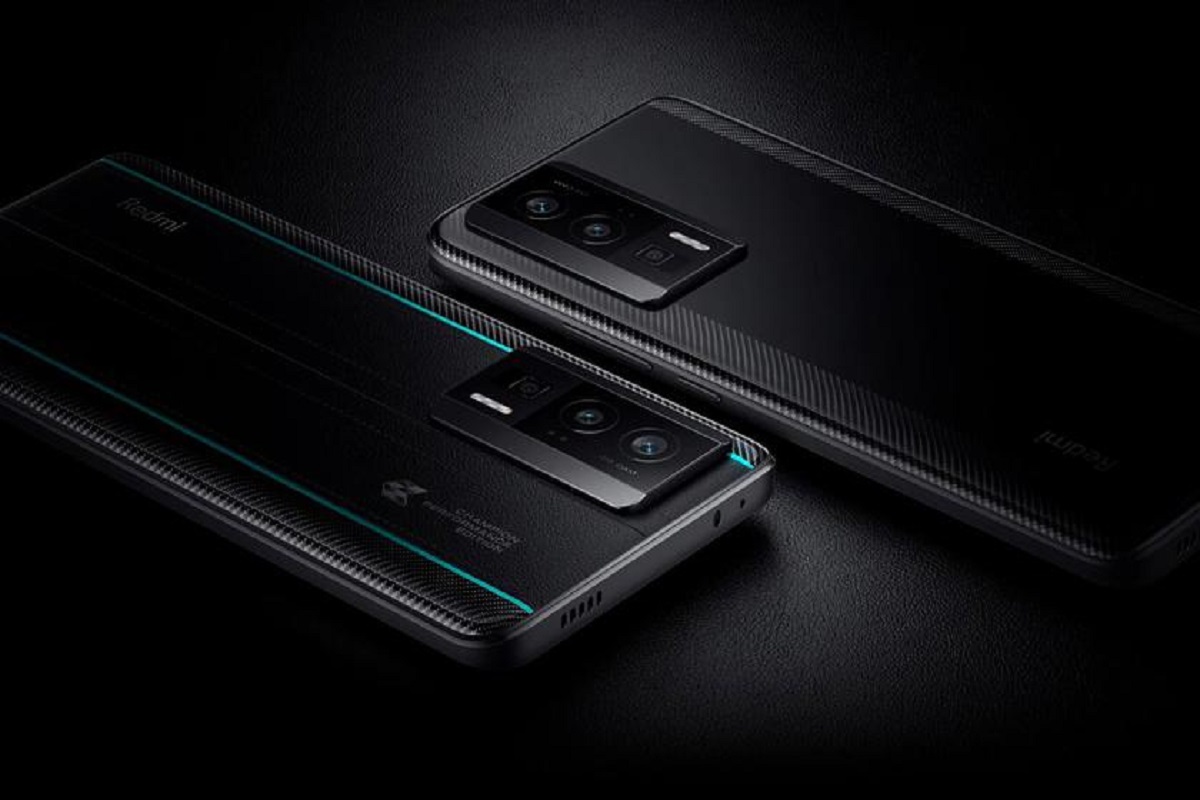Yamaha recently released a new motorcycle called the YZF-R7, which brings back memories of the iconic YZF-R7 OW02 from the late 90s. However, the new R7 is quite different from its predecessor in terms of functionality, purpose, and design. Yamaha has shifted its focus towards prioritizing function over form, aiming to tap into and enhance the rider’s potential and capabilities for an exhilarating riding experience.

Although the R7 shares its engine with the MT-07, Yamaha has made several modifications to the throttle, tank, exhaust, and clutch to differentiate it from its sibling. Despite being based on the MT-07, the R7 offers improved build quality and a striking design that sets it apart from competitors like the CBR 650R and Ninja 650.
It boasts a stunning front-end view with LED daytime running headlights that can read your lean angle and ensure visibility. The M-shaped intake duct, reminiscent of the M1 MotoGP bike, houses the headlight atop the windshield, creating a distinctive appearance. The R7 stands out from the side with its blacked-out engine parts, complemented by a well-designed tank.
Yamaha aimed for slim proportions by incorporating a narrow parallel twin engine with the body neatly wrapped around it. Inspired by the YZF-R1, the sharp tail streamlines the rider and bike on the highway, making the R7 the narrowest and most aerodynamic bike in the R-Series. The CP2 parallel twin engine produces an impressive 49 pound-feet of torque and 72 horsepower in the middleweight segment. The CP2 platform, which has been tested and proven since 2013, offers superior mid-range performance and reliability. The R7 features a fully adjustable KYB fork, a notable addition missing from the MT-07, further enhancing its performance.
The R7 combines power and design to inspire confidence in riders, whether on the track or accelerating on the freeway. Its streamlined body improves aerodynamics and contributes to its sporty appearance. The power delivery is designed to provide excellent performance and fun during cornering and daily commuting.
The R7’s low-down torque prevents the need for high revs, making it suitable for riders who enjoy race-like riding styles without being professional racers. Additionally, with its competitive price tag of $9,000, the R7 offers great value for money compared to used motorcycles with similar features.
Fuel economy might not be a top priority for most sports bike riders, but Yamaha has also considered this aspect. The R7 provides a plush and stable feel on the road, particularly during urban rides. The fully adjustable KYB suspension and steep rake angle on the forks bridge the gap between the R7 and the MT-07, resulting in a more stable and rewarding riding experience.
The revised rear shock and new linkage lift the rear of the bike, shifting the center of gravity forward and placing the rider in a position similar to the R6. With only 72 horsepower, the R7 offers ample control, allowing riders to confidently maneuver corners.
To enhance braking efficiency, Yamaha has upgraded the braking system in the 2023 YZF-R7. It has replaced the standard calipers of the MT-07 with a Brembo branded radially mounted 4-part unit. These ABS-equipped calipers provide a crisper feel, consistent power, and prevent wheel locking.
Yamaha also offers special packs for the R7, such as the Adrenaline and Style packs, which include features like a fully adjustable Up-Side Down fork, quick shifter, and Billet front brake lever guard. These packs cater to different needs and further enhance the R7’s performance and style.
Despite its aggressive and racy appearance, the R7 is forgiving and not overly harsh. It is designed to instill confidence in riders, particularly those with less experience. The ergonomic triangle and clip-on handlebars create a sporty yet comfortable riding position, similar to the R6. The R7 is not a beginner’s bike but rather a beginner-friendly option that can be taken to the track.









